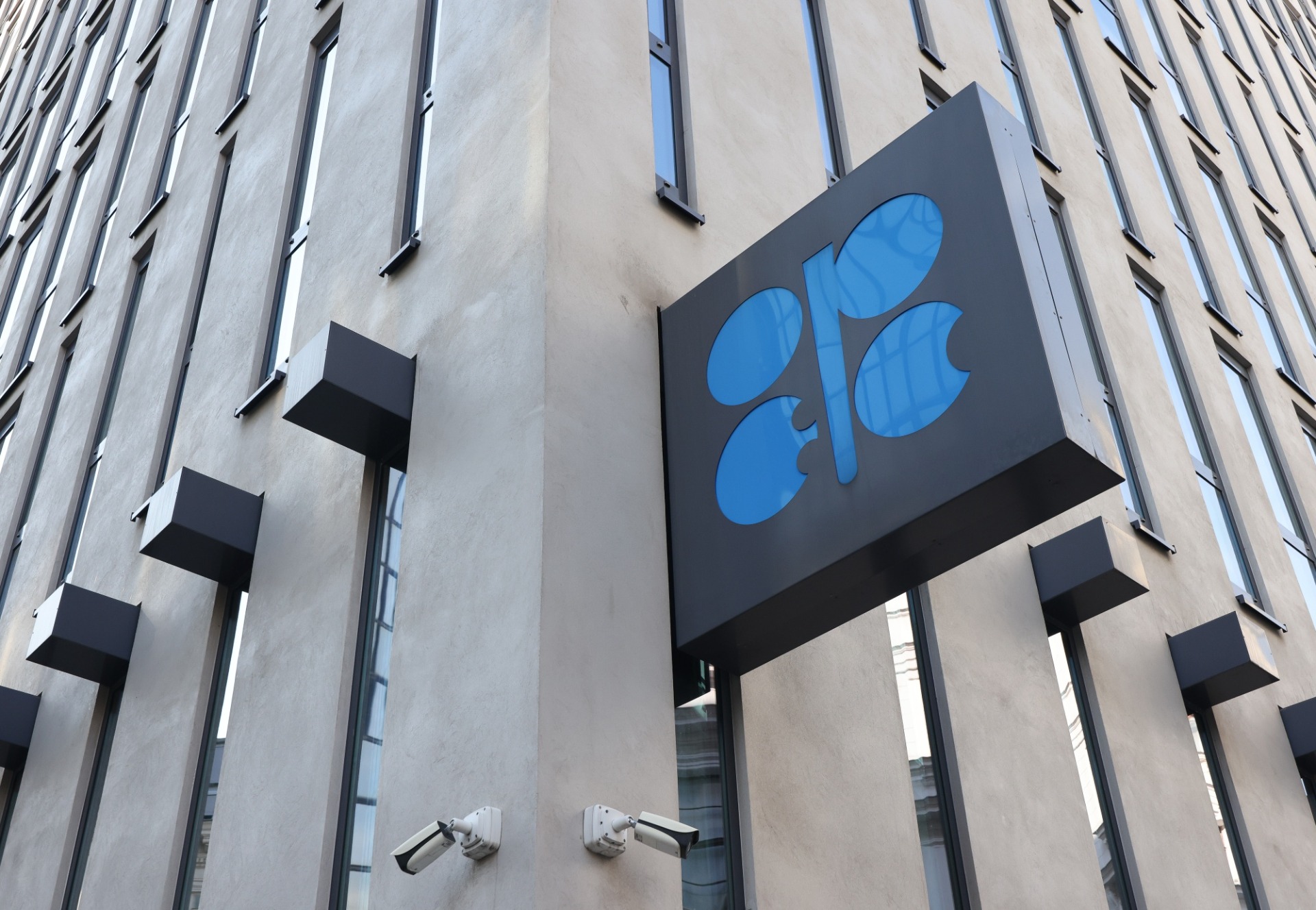


Image Credit: Bloomberg
OPEC’s New Supply Shock Locks In Oil Market's Return to Surplus
The oil market entered a new phase today as OPEC’s latest move to increase supply has pushed the global market back into surplus. This shift, following a period of tight supply, has raised concerns about the potential for an oversupply of oil, which could dampen prices in the coming months. As the global demand for oil shows signs of slowing, OPEC’s supply surge has set the stage for a potential price correction.
The new supply shock is expected to have a lasting impact on the oil market, as traders recalibrate their expectations amid the surplus. With supply now outpacing demand, oil prices face downward pressure, raising questions about the balance of the energy market in the months ahead.
OPEC Increases Oil Output Amid Slowing Global Demand
OPEC’s decision to ramp up oil production follows a complex set of global factors, including slowing economic growth in key markets and persistent concerns over global trade tensions. Despite efforts to stabilize prices through output cuts in previous years, the cartel has opted to reverse course, increasing supply to prevent further price spikes.
The oil-producing group’s decision is largely driven by the need to stabilize the global market, particularly as countries with large energy consumption begin to experience signs of reduced demand. As a result, the price of crude oil, which had been trending upwards, is now under pressure as the market adjusts to this new supply dynamic.
Oil Market Faces Challenges as Surplus Becomes a Reality
As OPEC’s increased supply enters the market, the oil industry faces the challenge of dealing with the consequences of a surplus. While previous production cuts have kept prices elevated, the reintroduction of more oil into the market risks creating an imbalance.
With a weaker-than-expected demand outlook, especially in emerging markets and industrial sectors, the oil market may find itself dealing with excess supply, which could result in price declines. The latest developments in global trade and geopolitical tensions further complicate the situation, leaving investors and analysts uncertain about how the market will respond.
The Impact of OPEC’s Supply Surge on Global Oil Prices
The rebalancing of the oil market has already started to show signs of price pressure. Oil prices have seen slight declines today as traders adjust their forecasts for supply and demand. While OPEC’s supply increase aims to stabilize the market, it risks triggering a glut in the short term, which could push prices lower.
The surplus is a concern not only for oil producers but also for economies dependent on high oil prices. A sustained drop in prices could negatively impact the budgets of oil-exporting nations, while oil-importing nations may benefit from lower energy costs. However, if the surplus becomes more pronounced, the risk of a prolonged period of low oil prices remains high.
What’s Next for the Oil Market?
Looking ahead, the oil market’s outlook remains clouded by uncertainty. OPEC’s decision to increase supply will undoubtedly have far-reaching effects on the price of oil, with the potential for both short-term price volatility and long-term market realignment.
As global demand continues to show mixed signals, the oil market will need to navigate the complex balance between supply and demand. The coming months will likely reveal whether the new supply shock can stabilize the market or if it will continue to contribute to an oversupply situation, pushing prices lower.
Conclusion: A New Chapter for the Oil Market
OPEC’s decision to increase oil supply marks a significant shift in the global energy landscape. With the market now returning to surplus, oil prices are facing downward pressure as traders assess the long-term implications of this new supply shock. While the move is aimed at stabilizing the market, it may ultimately lead to a period of volatility as supply outpaces demand.
As the oil market grapples with these changes, both producers and consumers will need to adjust their expectations. For now, the global oil market faces a delicate balance between surplus supply and slowing demand, with the potential for price fluctuations in the months to come.
Derivative investments involve significant risks that may result in the loss of your invested capital. You are advised to carefully read and study the legality of the company, products, and trading rules before deciding to invest your money. Be responsible and accountable in your trading.
RISK WARNING IN TRADING
Transactions via margin involve leverage mechanisms, have high risks, and may not be suitable for all investors. THERE IS NO GUARANTEE OF PROFIT on your investment, so be cautious of those who promise profits in trading. It's recommended not to use funds if you're not ready to incur losses. Before deciding to trade, make sure you understand the risks involved and also consider your experience.
